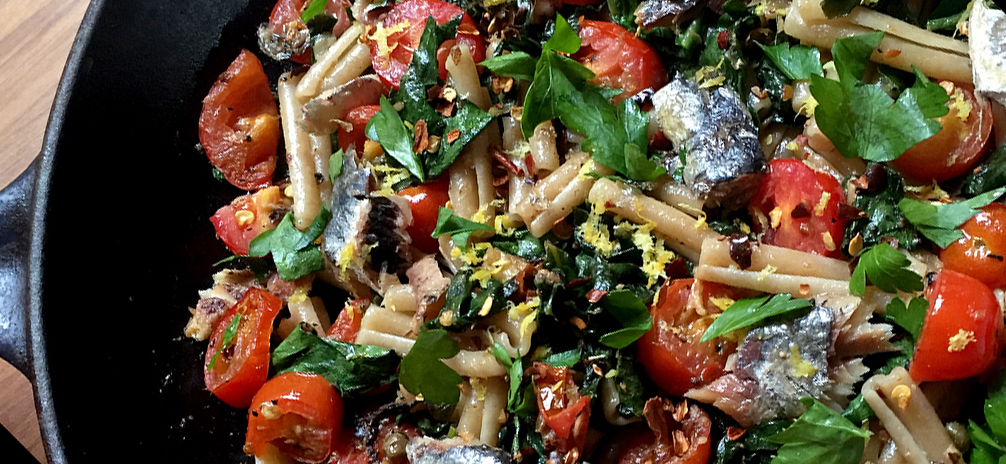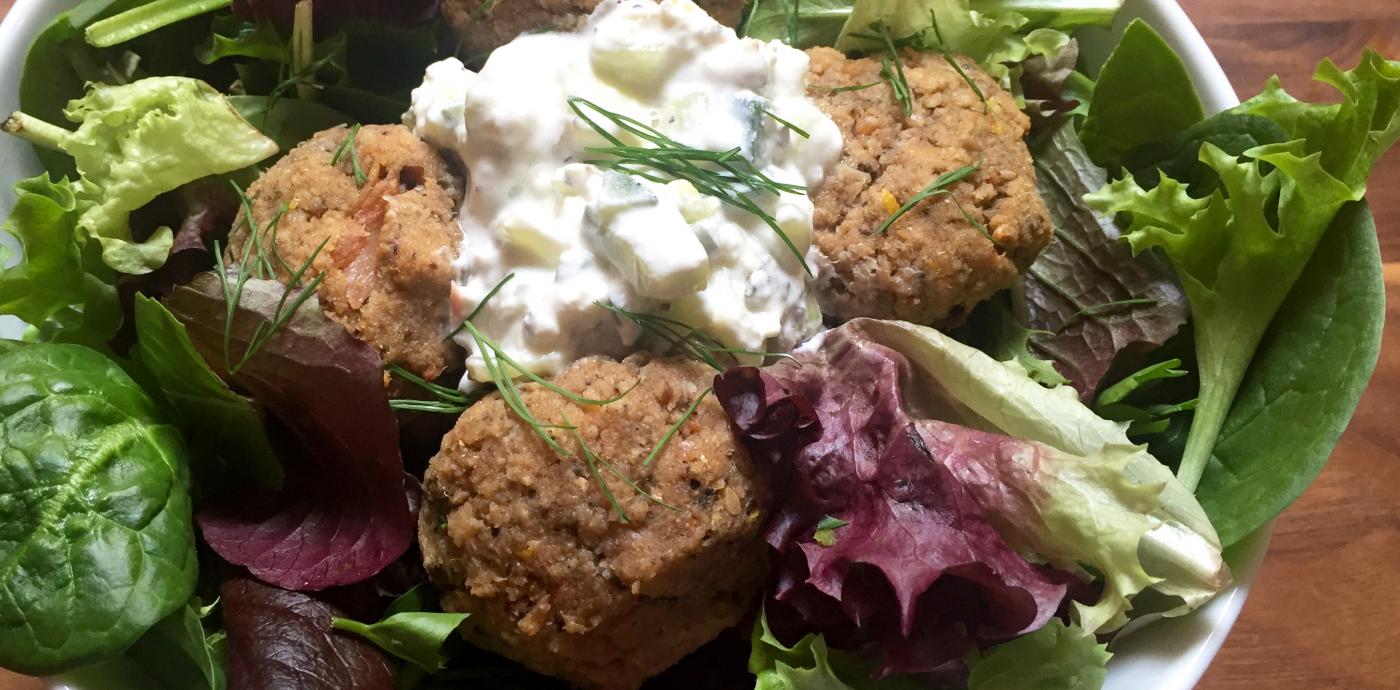You’re starving, it’s 7pm, and you need to get something on the table. Sound familiar Don’t worry a tasty, nutritious, and affordable meal awaits you. All you need is one of the long-forgotten cans of seafood deep in your pantry.
Why is canned seafood good for our health
- Omega-3 fatty acids. While our body makes many of the fatty acids we need, it does not make omega-3 fatty acids, so we must get them from our diet. Omega-3 fatty acids reduce blood cholesterol levels, reduce the body’s inflammation responses, and promote the health of many body systems such as the nervous and cardiovascular systems. The American Heart Association suggests that individuals consume 2 servings of cold-water sh such as salmon or sardines every week.
- Protein. A 6-ounce can of wild Alaskan pink salmon contains 33 grams of protein. This is over 70% of the daily amount of protein recommended for an adult female (46 grams).
- Vitamins and minerals. Many canned seafood products are high in calcium because they contain small bones that are easily chewed. Fish including sardines and salmon are good sources of iron, vitamin D, vitamin B12, and selenium.
To learn more about the health benefits of seafood, check out our interview with Serena Ball, RD.
Is consuming canned seafood environmentally responsible
- It depends on the type of fish and its origins. In general, look for wild-caught seafood from the U.S. and Canada.
Seek out additional information from educational resources such as Monterey Bay Aquarium’s Seafood Watch, which educates consumers on seafood choices. For example, they recommend Pacific sardines from the U.S. and Canada because they are caught in a manner that does not impact other species.
What else do I need to know
- Canned products can be high in sodium. However, draining canned seafood, which many recipes call for, reduces the sodium content.
- To avoid carcinogens and toxins such as mercury that are present in some fish:
- Choose small, non-predatory fish such as salmon, sardines, mackerel, anchovies, and herring.
- If you enjoy tuna, choose light tuna instead of albacore tuna to reduce your exposure to mercury.
- Remove the fish skin or choose skinless canned seafood.
- Consume a variety of fish, as suggested by Serena Ball, RD in Five Reasons to Get Fishy for National Seafood Month.
- Research your fish choices on consumer-friendly sites including the Monterey Bay Aquarium Seafood Watch, the Marine Stewardship Council, and the Environmental Protection Agency. The latest report from the FDA and the EPA provides this chart to help women and children make smart choices about fish consumption.
The great taste, nutrition benefits, inexpensive cost, and fast preparation methods of canned seafood should make us think twice about incorporating it into our next meal whether it’s last-minute or not.
How can I cook canned seafood
- Experiment with the recipes below.
- For more, explore our 12 Great Ways to Use Canned Sardines, Orecchiete con Cime di Rape, and Tomato Salad El Alfama with Mackerel.
3 MEDITERRANEAN-INSPIRED CANNED SEAFOOD DISHES
1. Whole Grain Pasta with Sardines & Swiss Chard
Any dark leafy green would work well in this dish, but I chose Swiss chard because I love its bitterness with the sweet tomatoes, spicy red chili flakes, and fresh herbs. Because of these strong flavors, the sardines in this dish do not taste shy at all. RECIPE HERE
2. Socca with Anchovies, Olives & Kale
Socca is a chickpea pancake or crepe served in France and Italy (where it is called farinata). The base of a socca is chickpea flour, which is high in protein and fiber (higher than white flour for equal servings) and is an excellent source of vitamin B-6, magnesium, and iron. RECIPE HERE
3. Salmon Meatballs with Cucumber Yogurt
Some canned salmon contains fish bones. While it may appear strange, the bones are very soft and are easily crushed when mixing the salmon. Eating canned salmon with bones increases your calcium intake. RECIPE HERE
Emilia Petrucci, Oldways media intern and nutrition communications student at Tufts University Friedman School of Nutrition Science and Policy
Resources:
Byrd-Bredbenner, C., Moe, G., Berning, J., & Kelley, D. (2015). Wardlaw’s Perspectives in Nutrition. New York: McGraw-Hill Education.
Fish: Friend or Foe Harvard T.H. Chan School of Public Health. Retrieved from https://www.hsph.harvard.edu/nutritionsource/fish/#1
Mercury alert: is canned tuna safe to eat Environmental Defense Fund. Retrieved from https://www.edf.org/oceans/mercury-alert-canned-tuna-safe-eat
Monterey Bay Aquarium Seafood Watch. (2017). Retrieved from http://www.seafoodwatch.org









